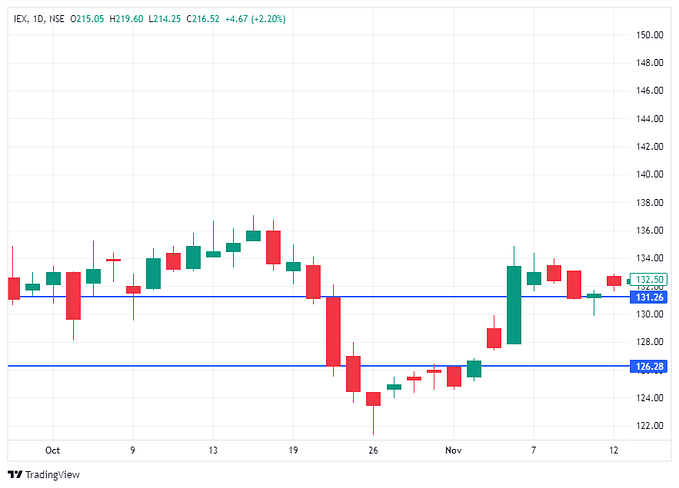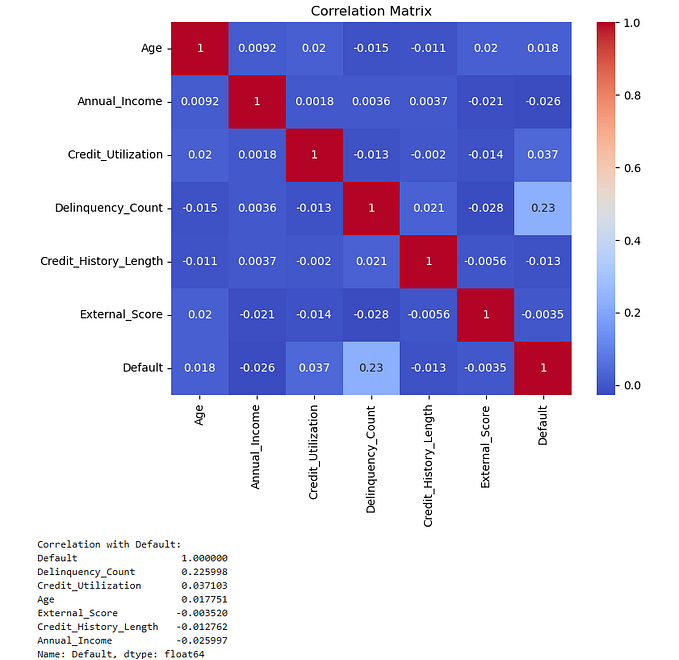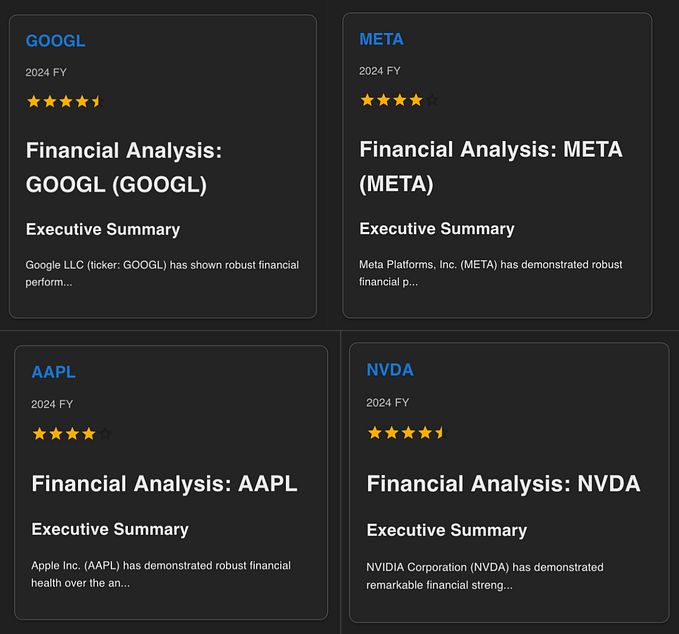Risk management is essential in forex trading because the market is highly volatile and unpredictable. By implementing proper risk management techniques, traders can protect themselves from potential losses and preserve their trading capital. Effective risk management allows traders to maintain consistency in their trading approach, manage emotions, and make informed decisions based on calculated risks.

Forex trading is one of the simplest and most exciting investing possibilities, which offers the chance to profit from various currencies. You can start trading online with little to no initial commitment and do so day or night. However, because the value of each currency changes regularly in relation to other currencies and other assets like stocks, bonds, commodities, and interest rates, forex trading can also be risky. But what exactly is forex trading risk?
Forex trading involves significant financial risks, making it crucial for traders to understand and implement effective risk management strategies. This article explores the concept of risk management in the forex market and provides insights into key techniques that can help traders protect their capital and maximize their chances of success.
Some of the most common risk management strategies
1. Stop loss is an easy and efficient technique to safeguard yourself from significant losses. Any price level that you are comfortable with can be used as a stop loss, but it’s crucial that you set one before you place a transaction. If this price is reached while you have an open position, the position will be instantly, and cost-free closed for you. This assists in avoiding significant losses in markets that experience extreme volatility or unexpected news developments.
For example, if you set a sell order at $1 above your entry price and then enter a long position in EUR/USD, if EUR/USD falls below $1, then it will trigger this order and exit from your position automatically before any further losses occur.
2. Mental stops are a way to limit your risk by using your own judgement. For example, if you want to buy EUR/USD at 1.25000 but think that it might go up further before reaching this level, then you could set a mental stop above the current price of 1.24800. This would mean that if the market goes above this level, then your order will not be executed and instead be cancelled automatically by your broker (you can also cancel them manually).
In order to set mental stops in your trading platform, simply enter the amount of pips below which you wish to have them activated — for example, “200” means 2% distance from entry price while “20” means 0% distance from entry price — and then click on either BUY or SELL button depending on whether we are buying or selling currency pairs respectively.
3. Trailing stops are another type of risk management strategy. For instance, if you set a trailing stop for a long position at $1,200 and the price rises to $1,500, the trailing stop will automatically adjust to $1,300 instead of being steady at $1,200.
Investors who want to limit their losses but don’t want to completely abandon the market because they believe there may still be an opportunity in their position can benefit from using trailing stops.
Have a plan for your losses
This is especially important when trading foreign exchange because the market can be very volatile at times, which means there are high chances of losing money if you trade too much at once or use too many positions at once. It’s best to spread out your risk by opening multiple trades with different fx brokers or forex trading platforms and different assets. If something goes wrong with one trade, then cut your losses immediately by closing out this position before moving on to another one instead of trying again later downline.
Conclusion
Now that you know the importance of risk management and some of the different ways to manage trading risk, it’s time to put your knowledge into practice. Start by considering how much money you want to invest in and use stop losses if necessary. You can also use mental stops or trailing stops if needed, but make sure not too many so that you don’t miss out on potential opportunities due to over-conservativeness.
Originally Published at : https://vocal.media/trader/what-is-risk-management-in-forex-trading









